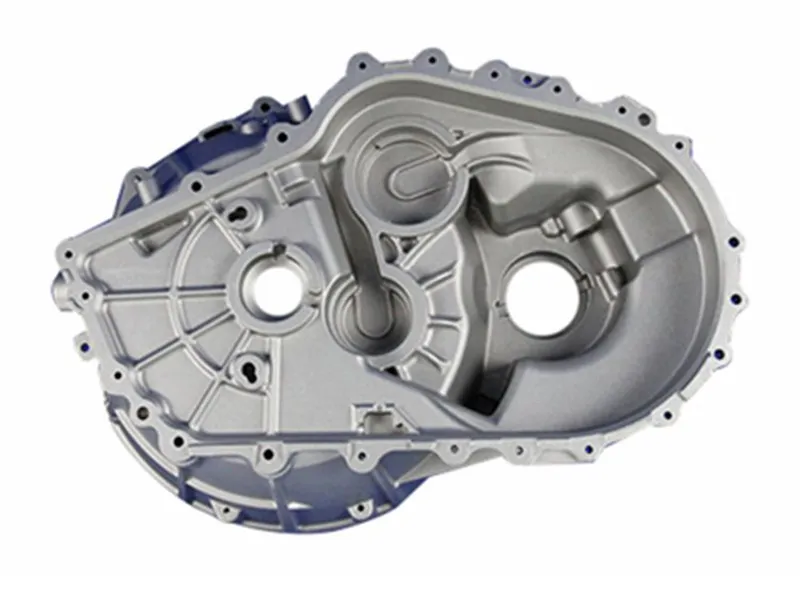The transmission housing is the external structure of the transmission, which supports and protects the internal gears and bearing components. Since the transmission housing usually involves complex structures, wear resistance requirements and precise matching with other parts, its machining process requirements are extremely strict. The material of the transmission housing is generally aluminum alloy, cast iron or steel, which has strong wear resistance and certain strength requirements.
The raw materials of the transmission housing are generally formed by casting or forging. Casting often uses sand casting, precision casting and other processes to cast materials such as aluminum alloy or cast iron into a rough shape. Forging is suitable for some transmission housings with higher structural strength requirements, and higher strength and toughness can be obtained after forging.
The rough machining stage mainly removes excess casting or forging blanks through milling, turning and other processes to ensure that the rough shape and size of the parts are close to the design requirements. Turning can remove end faces, outer circles, etc. Milling is used to process planes, grooves, holes, etc. In the rough machining stage, basic holes such as matching holes and mounting holes need to be drilled. It is also necessary to remove the burrs generated during casting or forging by milling and grinding to ensure the smooth surface of the parts.
The complex surfaces and inner cavities of the transmission housing are finely processed to ensure dimensional accuracy and matching accuracy. This includes fine milling of the shape, processing of grooves, holes and channels. For complex inner cavities, oil channels or hydraulic channels, CNC milling machines or special milling machines are used for processing. Boring can ensure the accuracy of the inner hole, especially the key holes such as large holes and bearing holes have high accuracy requirements. Tap the places where threads need to be installed, such as mounting screw holes. For contact surfaces that require high precision, such as the mounting surface of the gear shaft, the connecting surface of the transmission shaft, and the seat hole of the support bearing, grinding can be performed. Grinding can improve the surface roughness and dimensional accuracy, and ensure that the matching surface is smooth and scratch-free.
After the processing is completed, it is necessary to thoroughly clean and remove the chips, oil stains, etc. generated during the processing. The surface of the transmission housing may need to be treated with anti-corrosion, such as electroplating, anodizing, etc., especially for housings made of aluminum alloy. Sometimes it is necessary to increase the surface hardness or improve the appearance by sandblasting or spraying.
Inspection and assembly are also required. The processed transmission housing is precisely inspected by special measuring tools, three-coordinate measuring machines, etc. to ensure that its size, shape and tolerance meet the design requirements. Check the surface quality for defects such as cracks and pores. Confirm whether the processed transmission housing can cooperate with internal gears, bearings, etc., perform assembly simulation, and check whether there are interference or assembly problems.


The machining of the transmission housing is a complex and extremely high-precision process, involving milling, turning, drilling, grinding and other processes. Precise machining not only ensures the dimensional accuracy and appearance quality of the housing, but also ensures its structural strength and good coordination with other accessories, ultimately ensuring the reliability and durability of the transmission during use.

